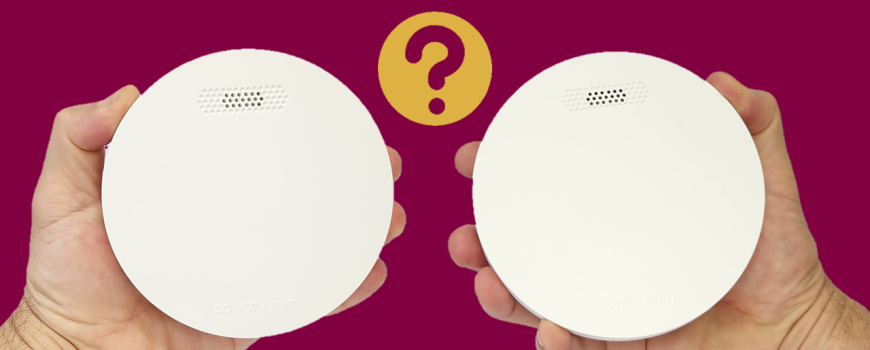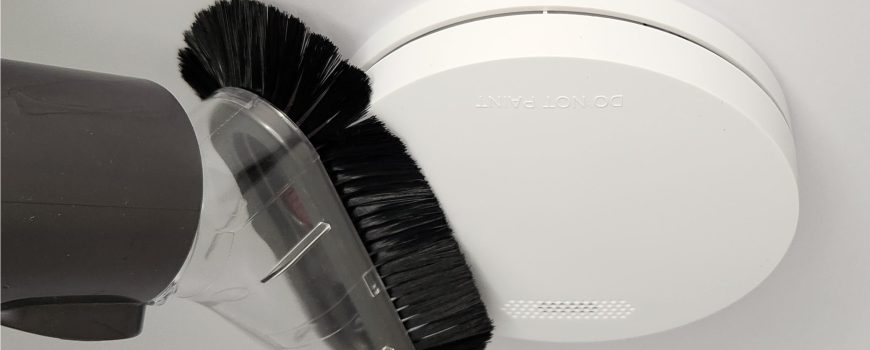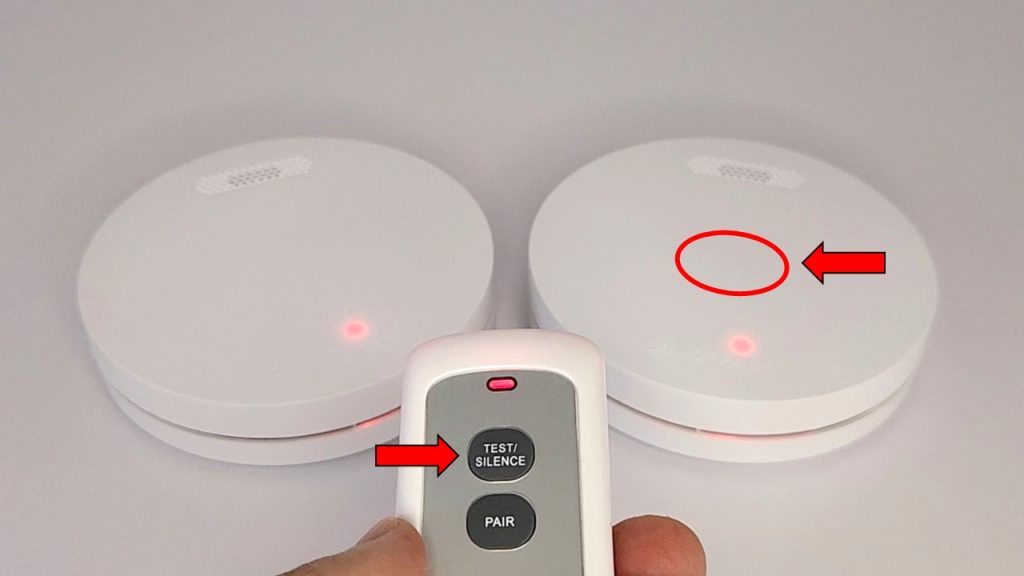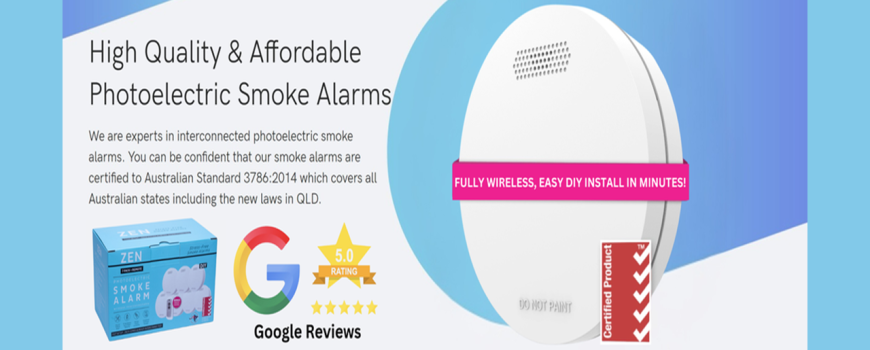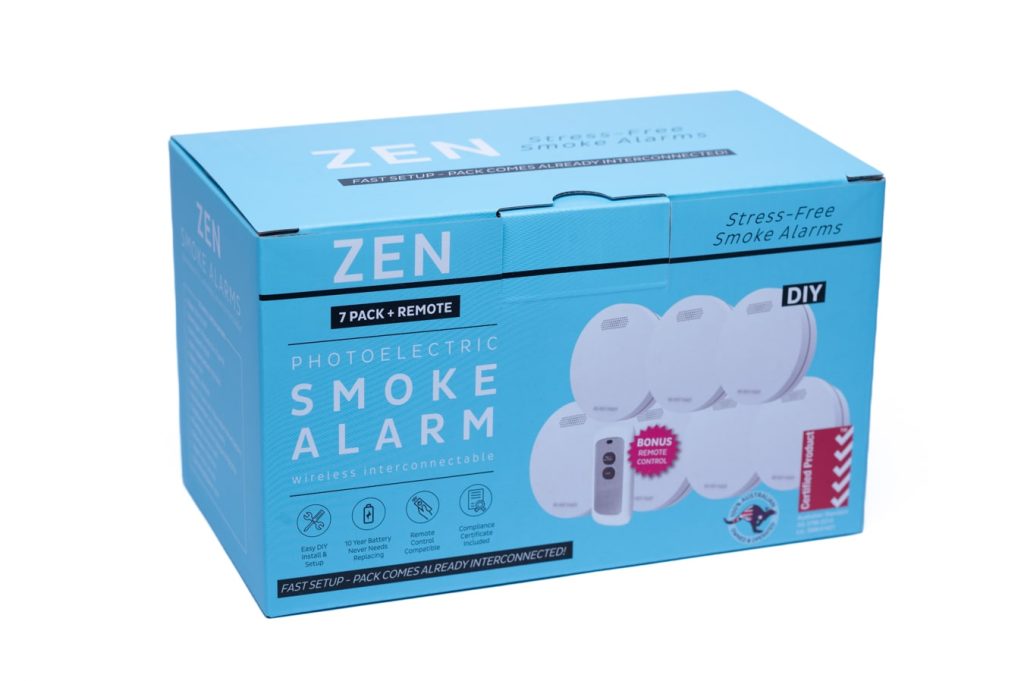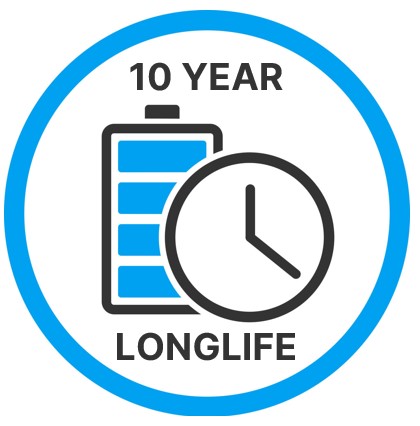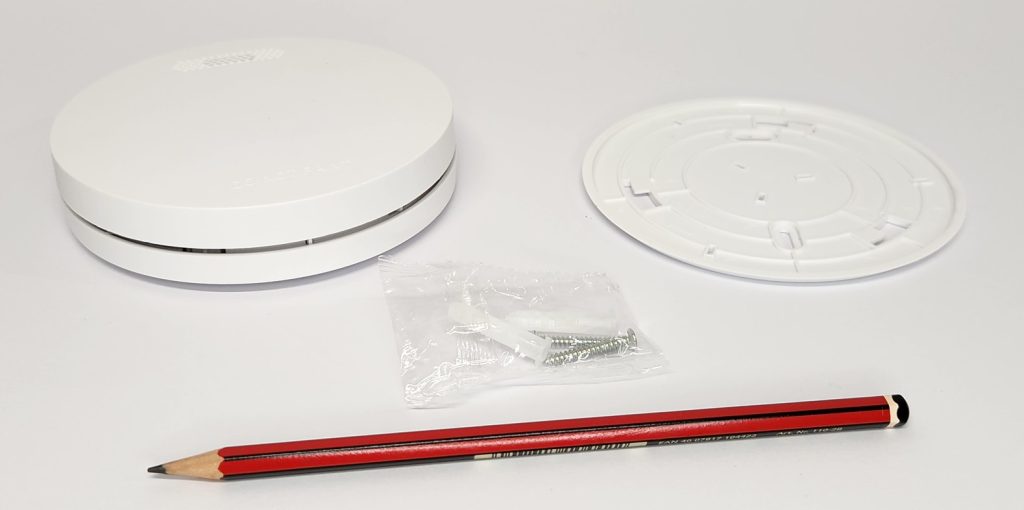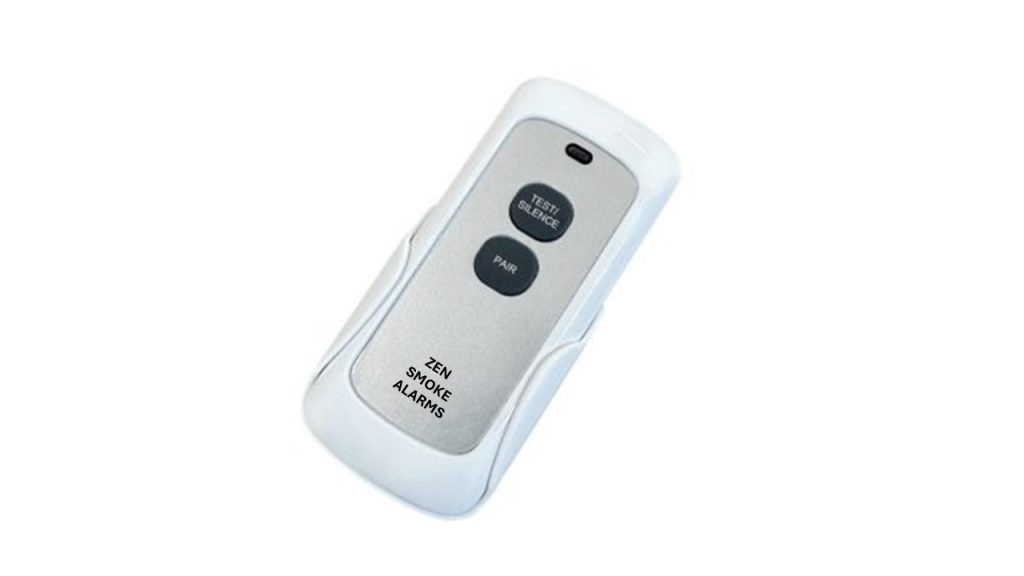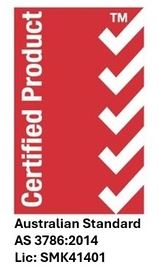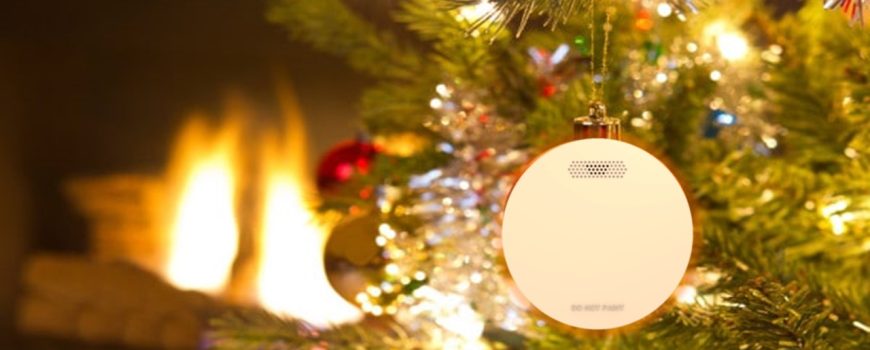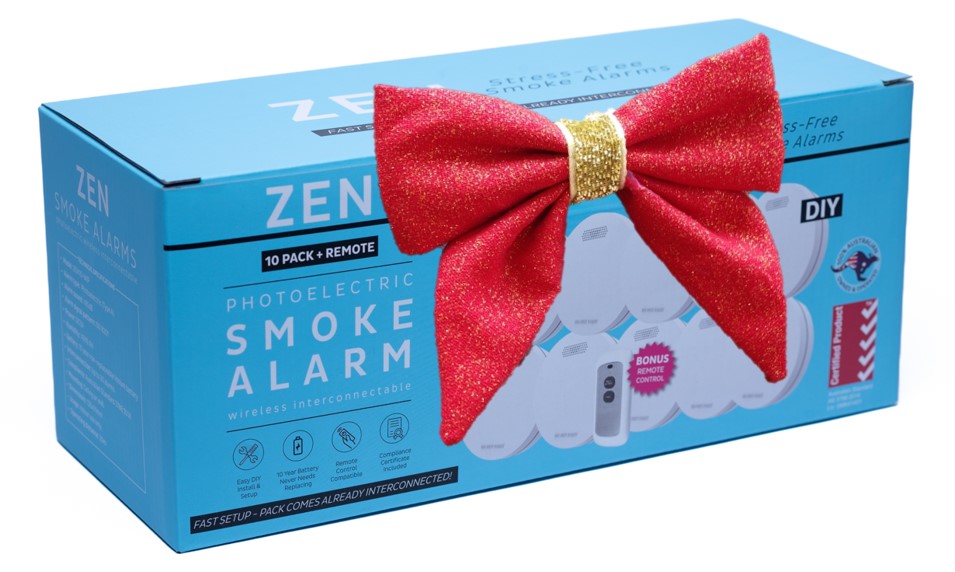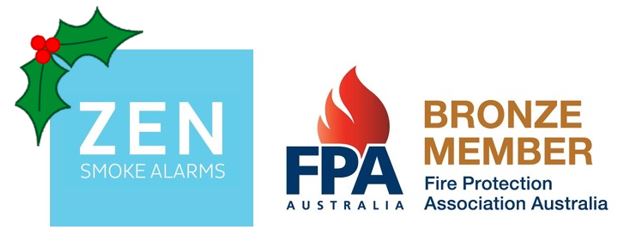Queensland is undergoing a phased roll-out of new smoke alarm legislation, culminating in 2027. It is unsurprising then that there is misinformation regarding smoke alarm requirements – particularly surrounding the installation of wireless 10-year battery powered smoke alarms vs 240V hardwired smoke alarms.
Can I Install Wireless 10-year Battery Powered
Smoke Alarms In QLD?
YES! you can. It is legal and perfectly acceptable to install wireless 10-year battery powered smoke alarms in your Queensland home, provided you are not performing any of the 3 activities below;
- Constructing a new home
- Performing a substantial renovation
- Replacing an existing 240V hardwired smoke alarm
Prior to installing any type of photoelectric smoke alarm, it’s important to understand the differences between alarm types and when each is permissible according to current legislation. The information contained in this article is sourced directly from the QLD Government and the QLD Fire Department, providing the most up-to-date legal requirements for smoke alarm installations. We encourage you to review and read the legislation for yourself to ensure full compliance with safety regulations. Direct links to all official government sources are included at the bottom of this article for your convenience. Understanding these requirements is key to ensuring you have the correct smoke alarm type (wireless battery powered or hardwired) in place for your home’s safety and compliance needs.
Queensland’s Building Fire Safety (Domestic Smoke Alarms) Legislation Amendment Regulation 2016 prescribes the legal ways of powering smoke alarms for domestic dwellings. It states that both 240V hardwired smoke alarms and 10-year battery powered smoke alarms are allowed. See the excerpt below;
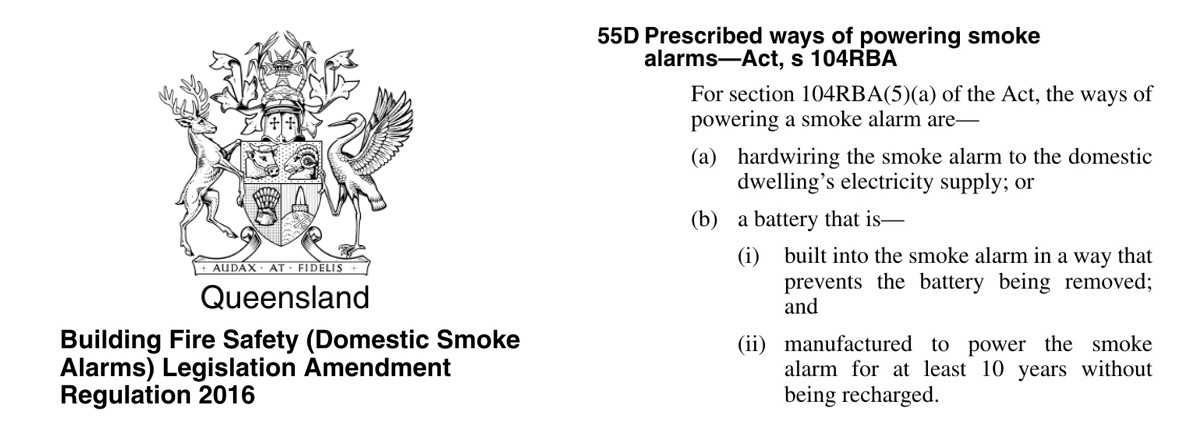
Queensland’s Fire Department website states that 10-year battery powered smoke alarms are acceptable, provided the three scenarios previously mentioned above are not being performed.
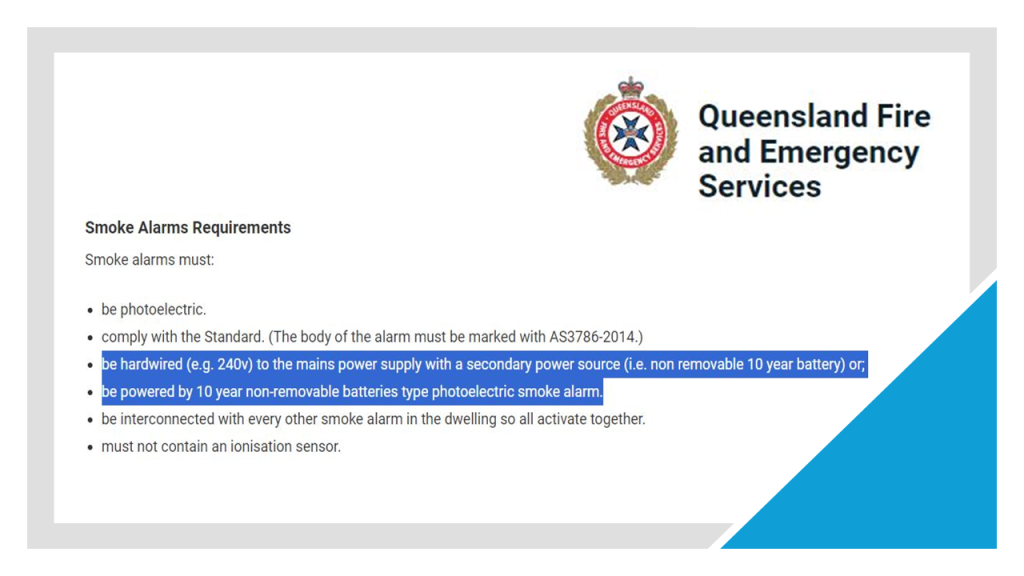
Advantages Of A 10-year Wireless Battery Fire Alarm
- A wireless battery fire alarm powered by a 10-year non-removable battery offers the ultimate convenience and cost-effectiveness. These alarms can be easily DIY installed, eliminating the need for an electrician and saving you on installation costs.
- The sealed battery inside the smoke alarm ensures it lasts for the entire 10-year lifespan, meaning you won’t have to deal with the hassle of replacing batteries or the annoying low battery chirp. After 10 years, the entire alarm unit is simply swapped out for a new one, providing long-term peace of mind. Smoke alarms with conventional 9V replaceable batteries will not be permitted in QLD by 2027.
- In addition to these benefits, wireless fire alarms offer added versatility through wireless RF interconnection. This feature ensures that all alarms will sound simultaneously if one detects smoke, providing greater safety and quicker alerts. In some situations, it may be physically impossible to install 240V hardwired smoke alarms, such as in homes with solid concrete ceilings or no roof cavity. For these homes, a wireless smoke alarm is the ideal solution.
Do QLD Smoke Alarms Need To Be Hardwired By 2027?
NO, they don’t. Although there are a lot of houses built in Queensland that require hardwired smoke alarms, there are just as many that have the option to use wireless 10-year battery powered photoelectric smoke alarms and still be 100% compliant with the latest regulations. These alarms offer a convenient, cost-effective solution without the need for complicated wiring or professional installation.
When Must I Install a 240V Hardwired Smoke Alarm In QLD?
There are 3 situations in Queensland where it is a statutory requirement for 240V hardwired smoke alarms to be installed in a domestic dwelling (and 10-year battery powered smoke alarms may not be used). Outside of these 3 scenarios it is acceptable to install 10-year battery powered smoke alarms in your home.
1) If You Are Constructing A New Home
If you are constructing a new home in QLD then hardwired smoke alarms are required as part of the building approval process. Queensland’s Building Regulation 2021 states that when constructing a new home, the smoke alarms must be hardwired to the domestic dwelling’s electricity supply.
2) If You Are Performing A Substantial Renovation
The Queensland Fire Services Act 1990 states that hardwired smoke alarms must be installed when a substantial renovation is being performed to a domestic dwelling. A definition of a ‘substantial renovation’ is provided within the act.
3) If You Are Replacing An Existing Hardwired Smoke Alarm
The Queensland Fire Services Act 1990 also states that if a pre-existing smoke alarm being replaced was hardwired to the domestic dwelling’s electricity supply, then the replacement smoke alarm must be hardwired to the dwelling’s electricity supply.
Outside of the 3 scenarios described above, it is legal and perfectly acceptable in QLD to install wireless interconnected photoelectric smoke alarms which are
powered by a non-removeable 10-year battery.
Want to do some further reading? Links to all official sources in this article are provided below.
You may also want to check out our other blog post ‘What do the QLD smoke alarm laws actually state?‘

QLD Building Fire Safety (Domestic Smoke Alarms) Legislation Amendment Regulation 2016
States that both 240V hardwired smoke alarms and 10-year battery powered smoke alarms are allowed in domestic QLD dwellings.
States that when constructing a new home in QLD, the smoke alarms must be hardwired to the domestic dwelling’s electricity supply.
QLD Fire and Services Act 1990 (formerly known as the QLD Fire and Emergency Services Act 1990)
States hardwired smoke alarms must be installed when performing a substantial renovation or replacing an existing hardwired smoke alarm.
QLD Fire Department website – 2027 Smoke Alarm Legislation Fact Sheet
States that interconnected smoke alarms must be either hardwired or powered by a non-removable 10 year battery, or a combination of both may be allowed.
States that existing hardwired smoke alarms that need replacement must be replaced with a hardwired smoke alarm.

Want to know more? Watch our ZEN Smoke Alarm YouTube channel or call us on 0478 596 402 today
We love talking smoke alarms!
ZEN Photoelectric Smoke Alarms
New Farm, QLD, 4005

